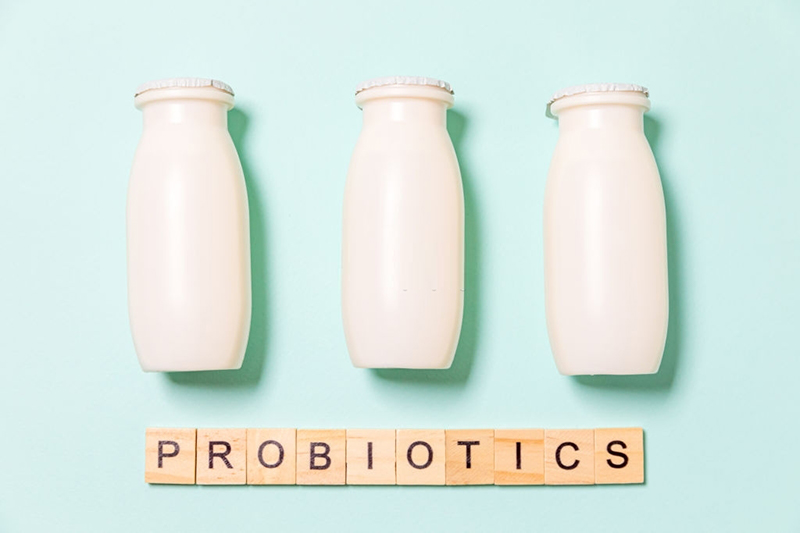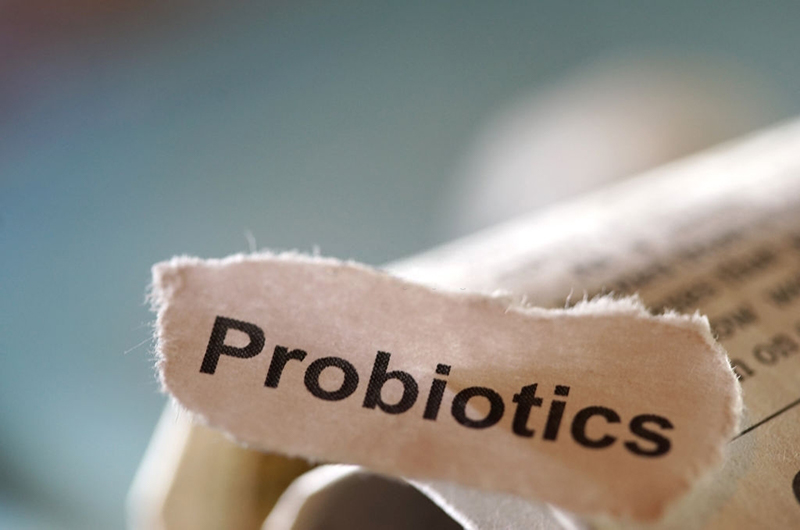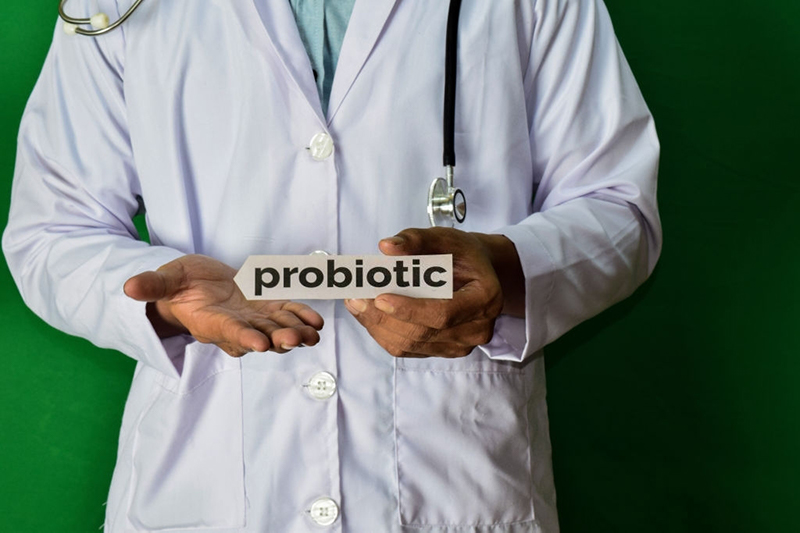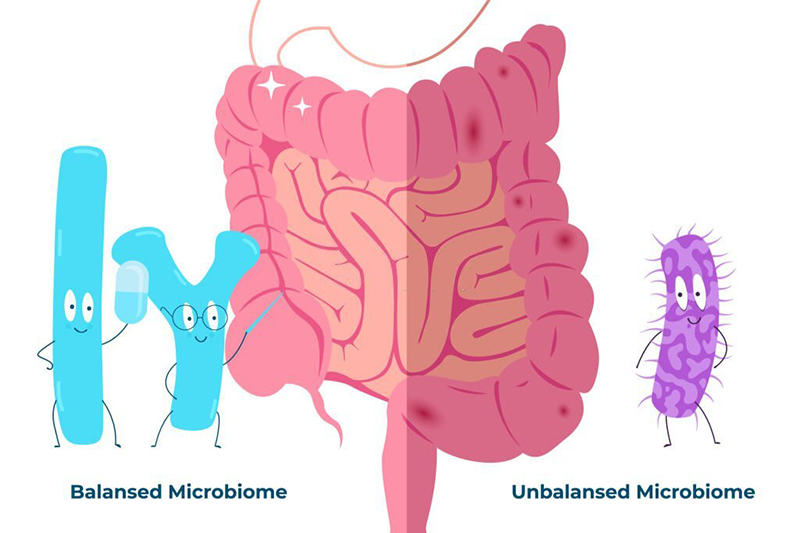There are several brands of live bacteria supplements available, which are also known as microbiotics or probiotics. Probiotics have been found to help restore natural equilibrium in the gut (especially after an infection), reduce diarrhoea, and even help with symptoms of irritable bowel syndrome. probioticseverything.com
Choosing the appropriate probiotic for you can be difficult at first, with so many options and varieties available. Before we go into it, let’s define what probiotics are and how they operate.
What are probiotics, exactly?
Probiotics are a group of ‘friendly’ living microorganisms that reside in your body naturally. They can provide a variety of health benefits when ingested in the right proportions.
Probiotic products and nutritional supplements contain ‘healthy’ yeast and bacteria that are intended to have a positive influence on our bodies, particularly gut health (stomach and intestines). probioticseverything.com
Bifidobacterium and lactobacillus are two of the most frequent forms of probiotic bacteria used in health goods, whereas saccharomyces boulardii is a common helpful yeast.
Probiotics and microbiotics are typically consumed as a food supplement, as yoghurt, or as a beverage. probioticseverything.comprobiotics and microbiotics

What are probiotics and how do they work?
Simply put, when you take a probiotic supplement or eat food containing probiotics, the beneficial bacteria settle in your stomach and intestines and start fighting bad bacteria.
Probiotics have a positive impact on your microbiome, which is a colony of various organisms in your stomach that maintains your body healthy. probioticseverything.comprobiotics and microbiotics
There are millions of microbes in the microbiome, including bacteria, yeast, protozoa, and viruses.
Microbes are considered ‘probiotic’ if they provide health benefits, can be isolated from humans, dwell naturally in the intestine, and are safe to eat.
What is gut health, exactly?
Gut health refers to the function and balance of bacteria in your gastrointestinal system, which is also known as your gut microbiome. A healthy gut will have a balance of good and bad microorganisms, which will aid digestion. probioticseverything.comprobiotics and microbiotics
Poor gut health can be caused by a variety of factors, including a bad diet. A body illness can often result in an overabundance of harmful bacteria in the stomach. Bloating, diarrhea, vomiting, and stomach pain are all symptoms of poor gut health.
If these symptoms are concerning and/or persistent, seek medical advice to rule out any underlying health conditions. probioticseverything.comprobiotics and microbiotics
What are the benefits of probiotics for gut health?
Probiotics have been shown in studies to promote immune health and fight inflammation in our bodies, in addition to assisting with digestion and the extraction of minerals and vitamins from foods and medicines. They help to restore a natural balance by providing more ‘good’ bacteria to our stomach and intestines. probioticseverything.comprobiotics and microbiotics
Did you know that probiotics can help us feel better? Probiotics have been proven to have a good effect on mood, enhancing psychological wellness, improving sleep quality, and reducing fatigue, according to a recent double-blind, placebo-controlled trial.
Foods high in fibre that can improve your gut health
Although a probiotic dietary supplement can help you attain optimal gut health by delivering the required ‘good’ bacteria, there are numerous gut-friendly, fibre-rich foods to choose from, such as:
Walnuts, almonds, cashews, pistachios, and macadamia nuts are examples of nuts.
Pumpkin seeds, flax seeds, quinoa, sunflower seeds, and chia seeds are examples of seeds.
Lentils, chickpeas, soybeans, kidney beans, and lima beans are examples of legumes.
It’s crucial to note that this bacterial balancing act takes on even if you don’t take probiotics, but they can help.
There will be an excess of nasty bacteria in your body if you have an infection; probiotics can be especially helpful in combating this. probioticseverything.comprobiotics and microbiotics
What is the difference between microbiota and gut flora?
The terms microbiota (also known as gut flora) and microbiome are sometimes used interchangeably, and their definitions are very similar. The main difference is that microbiota is concerned with the taxonomy and type of microorganisms in your gut, whereas microbiome is concerned with the genes of these microbes.

How do you pick the best probiotics?
1. Select a probiotic with a wide range of benefits.
Probiotic/microbiotic formulations with many strains are advised because they better mirror our natural intestinal flora makeup — that is, what we already have in our bodies.
Because probiotic qualities varies from strain to strain, each will have a unique inhibitory effect on pathogenic, or “bad” microbes.
Multi-strain solutions may also be more effective because each person’s intestinal flora has a distinct microbial population that is individualised to them, comparable to fingerprints.
As a result, the absorption of the same probiotic strain will differ from person to person.
L. acidophilus may be the most effective strain for some people, while L. rhamnosus or L. casei may adapt more quickly to their intestinal flora for others.
This is why microbiotic complexes containing a wider diversity of strains are anticipated to be more efficient than single-strain products. probioticseverything.com
What are the many kinds of probiotics?
The strains that have been studied the most and are the most important for a probiotic supplement include:
– Lactobacillus acidophilus is the most common Lactobacillus strain discovered in the small intestine, colonizing the intestinal walls quickly. The strain helps with lactose intolerance by inhibiting yeast overgrowth, supporting nutritional absorption, and containing natural antibiotics that boost the immune system. It has also been demonstrated to lower cholesterol and triglyceride levels in the blood.
– The ideal strain for gastrointestinal support and cognitive function is Lactobacillus casei. It has been shown to lower pH and enhance digestion when found in the mouth and intestines. It also aids in the reduction of lactose intolerance and the improvement of the immune system.
– L. rhamnosus is the finest choice for eczema, vaginal health, and traveler’s diarrhea. This is one of the most significant strains for the digestive health of adults, from the mouth to the small intestine. It’s especially good at fighting bacteria that cause vaginal and urinary tract infections.
– L. fermentum is the best anti-inflammatories. This is a transitory dairy strain that can also be found in human breast milk and has been demonstrated to reduce intestinal inflammation.
– B. longum: Like L. acidophilus, B. longum is one of the most prevalent bacteria present in adults’ digestive systems, and it helps to keep the gut wall in good shape. It aids in the synthesis of B vitamins, boosts the immune system, and acts as a toxin scavenger.
– Bifidum bifidum: This strain, which may be found in both the small and large intestines, is essential for proper dairy digestion. This is especially crucial when your natural capacity to digest dairy reduces as you get older. It can also break down complex carbs, lipids, and protein into smaller pieces that the body can utilise more effectively. It creates SCFAs and B vitamins, which aid the body in the completion of the digestive process, particularly calcium, iron, and magnesium absorption.
2. Choose a probiotic that is appropriate for your age.
It is important to be of a certain age.
Your gut flora will vary as you grow older, from infant to grandmother. Many probiotics and microbiotics are age-specific; it’s better to pick a supplement that’s been designed to mimic the gut flora of your age group.
For instance, for older persons, a probiotic contains b. Bifidum will help to improve the digestion of dairy products that are becoming more difficult to digest.
3. Make sure your probiotic is effective.
Check for expiration dates, check sure the bacterium is alive, and search for billions of ‘CFUs’ (colony forming units). Anything less isn’t nearly as effective. A respectable brand will specify the amount of live organisms in their recipe as well as the strains that were used.
After the strains have been chosen, they must be subjected to quality control testing to ensure that they meet specified standards. The strains of bacteria must transit through the stomach and reach the small and large intestines, so their innate gastric resistance and bile tolerance are put to the test.
They also check for antibiotic resistance, enzymatic activity, colonization potential, and compatibility with other strains. Because most microbiotic supplements are made up of a range of strains, this final one is particularly interesting.
In this way, each strain has been evaluated for its ability to coexist with the other strains in the supplement.
4. Make sure the product has a long shelf life.
The active cell concentration at the time of manufacture and the declared concentration on the label will determine the shelf life of each product.
Probiotic and microbiotic supplements, when stored properly, will lose between 1% and 2% of their concentration per month.
To ensure that the bacteria are still in the billions, active, and able to reach your intestines, the label should explicitly state the strength at production and the strength at expiry.
Related Posts







